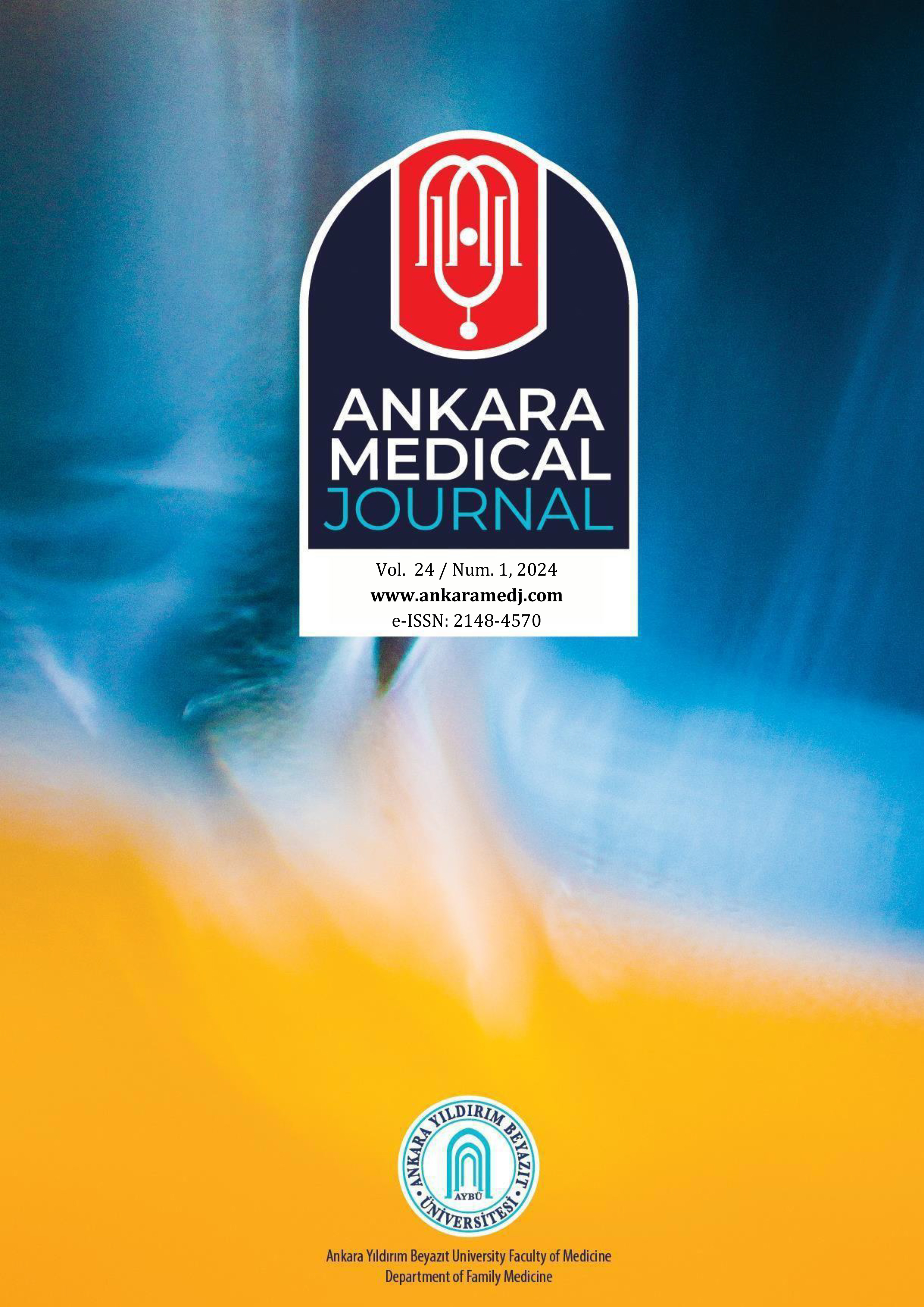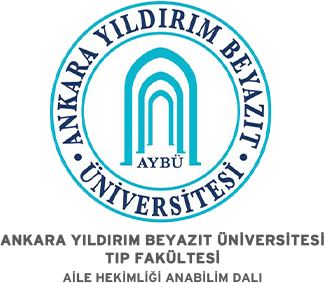Effects of Pirfenidone on Ischemia-Reperfusion Injury in Rat Epigastric Island Flap Model: Experimental Study
Mehmet Sönmez1, Canan Yılmaz2, Nuran Sungu3, Ebubekir Karakaş4, İpek Allı51Department of Plastic,Reconstructive and Aesthetic Surgery,Ankara Yildirim Beyazit University,Ankara,Türkiye2Department of Medical Biochemistry, Gazi University, Ankara, Türkiye
3Department of Medical Pathology, Ankara Yildirim Beyazit University, Ankara, Türkiye
4Plastic,Reconstructive and Aesthetic Surgery Clinic, Ankara Bilkent City Hospital, Ankara,Türkiye
5Department of Plastic,Reconstructive and Aesthetic Surgery, Health Sciences University Ankara Bilkent City Hospital, Ankara, Türkiye
INTRODUCTION: Pirfenidone is a non-peptide synthetic low molecular weight substance with anti-inflammatory, antioxidant and antifibrotic effects. Its positive effects have been shown on ischemia-reperfusion injury in various tissues such as testis, kidney, liver, lung and small intestine. Our aim is to investigate the effects of Pirfenidone on ischemia-reperfusion injury in skin flaps.
METHODS: Eighteen Wistar male rats were divided randomly into three groups: Sham, Ischemia-Reperfusion (IR) and Pirfenidone plus Ischemia-Reperfusion (IR+Pirf). The epigastric island flap was elevated and returned to its place in the Sham group. In the second group (IR), the flap was elevated, and flap perfusion was interrupted with an avascular clamp for eight hours. In the third group (IR+Pirf), 300 mg/kg Pirfenidone was given orally before ischemia. Tissue samples were taken to evaluate biochemical substances (1st day) and histopathologic examination (7th day). On the seventh day, standardized photographs were taken to calculate the viable areas of the flap and all animals were sacrificed.
RESULTS: Tissue MPO levels were statistically higher in the IR+Pirf group than in the Sham and IR groups (p=0.006). Tissue MDA levels were statistically higher in the IR+Pirf group than in the IR group (p=0.026). The lymphocyte count was lower in the Sham group than in the IR and IR+Pirf groups (p=0.002). The reepithelization ratio was higher in the IR+Pirf group than in the IR and Sham groups p=0.010). Flap survival areas showed no significant difference between groups (p=0.194).
DISCUSSION AND CONCLUSION: As a conclusion, single dose treatment of Pirfenidone in rat skin flap ischemia-reperfusion model enhanced significantly re-epithelization and has no significant effect on flap survival.
Keywords: Pirfenidone, epigastric, island flap, ischemia-reperfusion.
Makale Dili: İngilizce
(737 kere indirildi)





